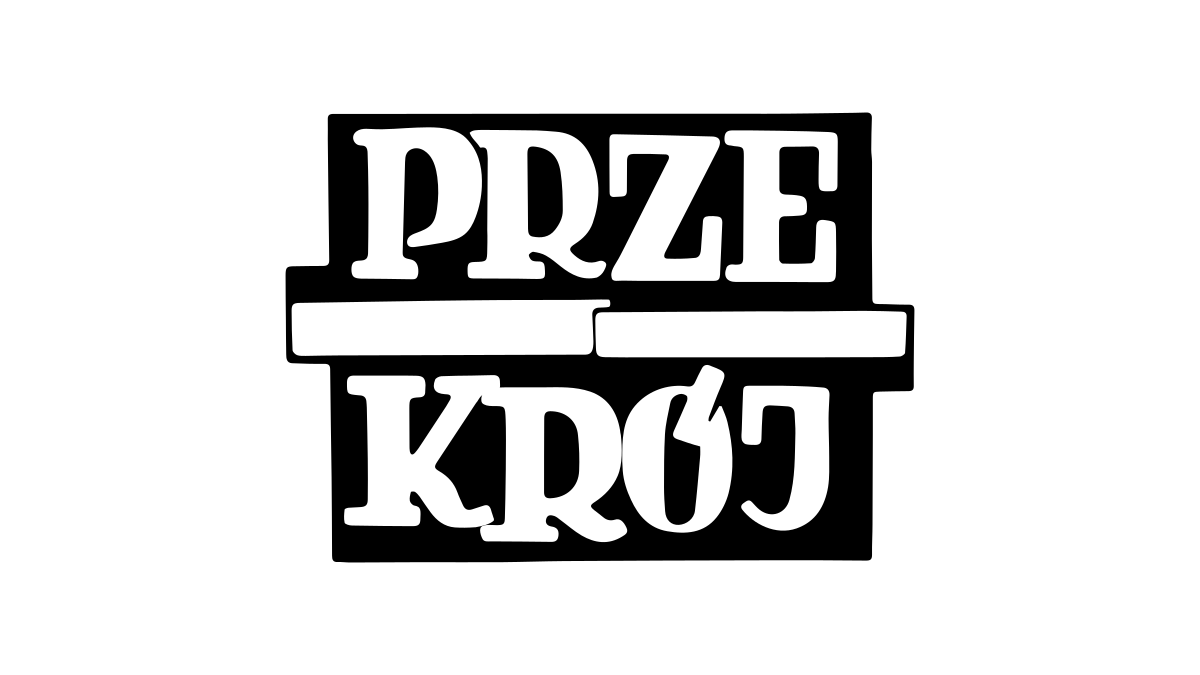
To mark the centenary of Poland regaining its independence, we have been taking a closer look at the odd relationship Poles have with freedom. In this final instalment in the series, I team up with Stanisław Szukalski as he searches for traces of ancient Poles on Easter Island and explores the theory of Zermatism – a concept that would embarrass many of today’s Turbo-Slavs.
USA, April 1940. Stanisław Szukalski sits listening to crackling sounds coming from a radio receiver. An American correspondent is reporting from the Swedish town of Bohuslän on Hitler’s ongoing invasion of Denmark. Szukalski is suddenly struck by the name. Bohuslän, after all, is obviously none other than Bogu slan, the old Polish roots meaning ‘sent to God’. Szukalski spends the following day poring over the oldest available maps of Europe. After many hours, he reaches an extraordinary conclusion: the map of Scandinavia turns out to be filled with names that clearly point to Polish (i.e. Slavic) origins. What’s more, such place-names are to be found all over Europe, as well as on other continents; even, most intriguingly, in the remotest seas. Szukalski will dedicate nearly the next 50 years of his life to solving this puzzle. During this time,








